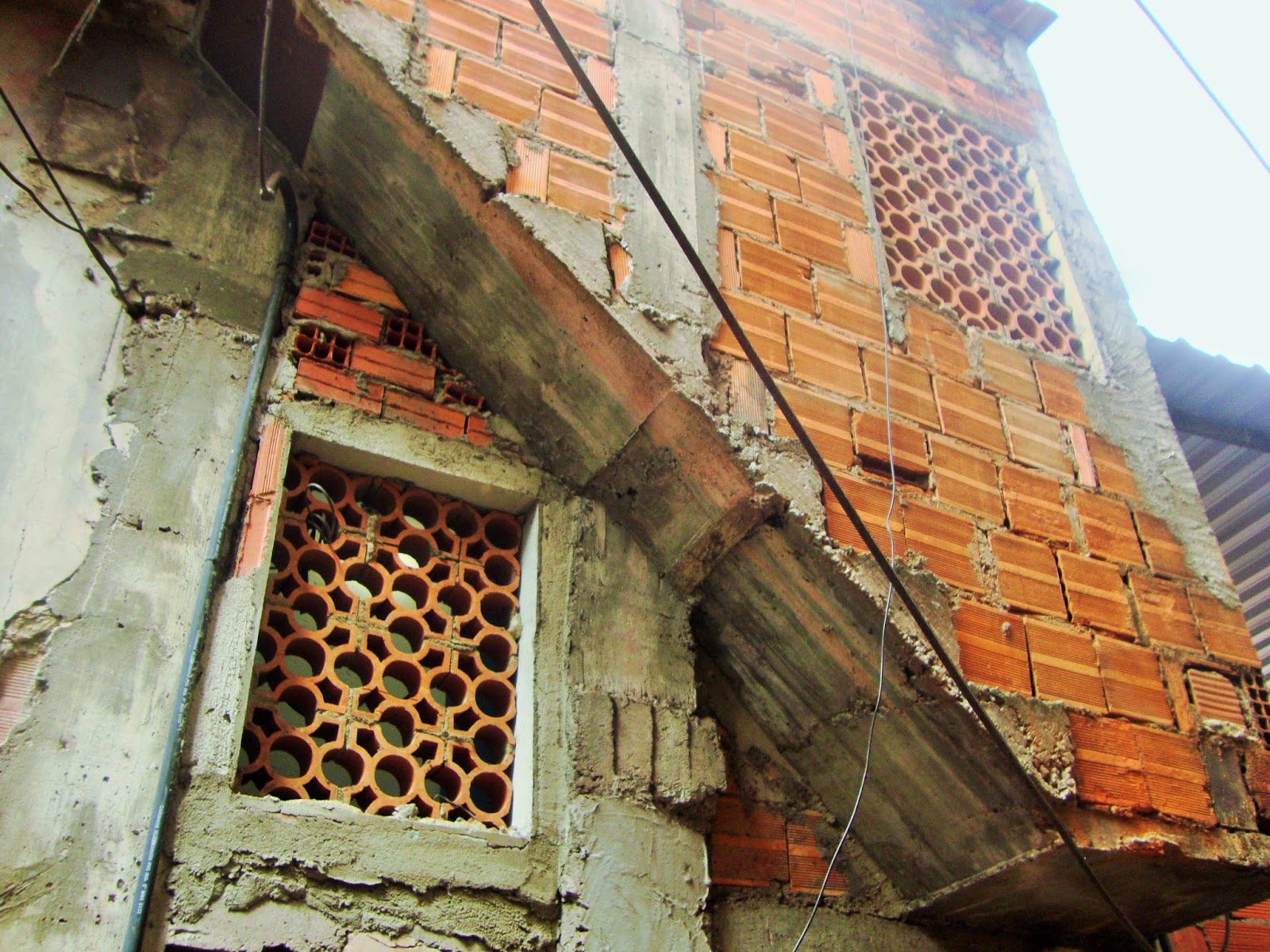How would you feel if someone invaded your neighborhood, took pictures of
your homes and inspected you and your belongings? These were the thoughts that crossed
my mind when my friend suggested to go on a guided favela tour in Rio. I simply
couldn’t understand why tourists could claim the right to turn a favela into a
tourist attraction. Also the internet revealed some discussions on this highly
controversial topic. On the one hand it is associated with “misery tourism”. On
the other hand it is referred to as “a must see experience to broaden your
horizon”. Some people even stressed that you wouldn’t truly understand Brazil’s
society if you only saw the more shimmery side in terms of fancy hotels,
museums or restaurants. So as you can tell from the pictures, I decided to go.
Not because I wanted to point the finger at the houses, accuse the government
or something like that. I just wanted to soak in the whole experience and get
to know a favela outside the context of gang fights, drug cartels and weapons.
The history of favelas
Back in the 1960s, when Brazil experienced an upturn in urbanization and a
flow of domestic immigration towards the rapidly growing cities, favelas made
their first appearance. The term favela refers to a type of tree which is
growing on the hills where most of these “slums” are located. As a result, the
first settlers had to climb the hill, cut off the trees and carry the construction
material all the way up to their freshly claimed piece of land. Since living
space in the cities was expensive and constantly rising, the concept of these
illegal neighborhoods spread over the whole country. Consequently, a sort of
parallel society emerged. Nowadays, the government believes that more than 11
million people live in these areas which have established their own
infrastructures. However, the labyrinth of narrow alleys also attracted drug
dealers and gangs which often grew up in these neighborhoods that they knew inside
out. This way, they could easily hide from the police and expand their
deceptive practices.
The background of the tour
In the last years, the government has increasingly been intervening in
these conflict zones. The police raided some of the biggest favelas and managed
to dislodge the gangs which were terrorizing the residents for so long. Especially
before the Fifa World Cup 2014 these Pacifying Police Units were increasingly
sent to take control over the gangs and decrease criminality. Also Rocinha
(meaning: little farm), Brazil’s biggest favela, is now considered pacified and
therefore as relatively safe. Nonetheless, it is still not recommended to go
there alone as you would definitely get lost. As these favelas
show a different side of Brazil and undoubtedly fascinate a great number of tourists,
several tour operators started to offer guided walking tours. The purpose of such
tours is not only to raise awareness but also support the residents through the
earnings (and donations for social projects).
My experience
No sooner said than done! We booked
the whole thing through our Hostel (Samba Palace Hostel in Laranjeiras) which we thought offered a socially acceptable tour. Apparently,
many other tour agencies bring a big group of tourists in Jeeps as if there
were going on a safari tour. And we certainly didn’t want this kind of
experience! Our intuition proved to be right. The agency we took sent a local
girl which was highly acquainted with Brazil’s society and friends with many
residents of Rocinha. She picked us up at the hostel and drove us all the way
to the favela in the Southern part of Rio de Janeiro. Instead of a Jeep, we
were driven in a small passenger car and instead of being joint by another 8
tourists we were in total 4 people. We parked at the top of the main street and
continued walking right into the favela. Altogether the experience was amazing:
a gorgeous view of Rio, music and many friendly and welcoming Brazilians which crossed
our way. Our tour guide led us to some of the hot spots in the neighborhood and
taught us about history, the life in the favela and the unfair social system of
the country. I don’t want to go into too many details as I’m sure that some of
you still want to go on such a tour. Just let me tell you that I certainly didn’t
regret my decision. Now I don’t regard favelas as crime scenes any more but
suburban districts where people live, run errands and meet their friends. Also
I was so amazed by the creativity of the residents and how they managed to
build up a neighborhood without any help of the government.
If you are interested, check out this inspiring video which I found on Youtube:
Sunny Greetings
☀










Keine Kommentare:
Kommentar veröffentlichen